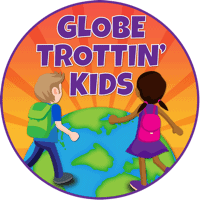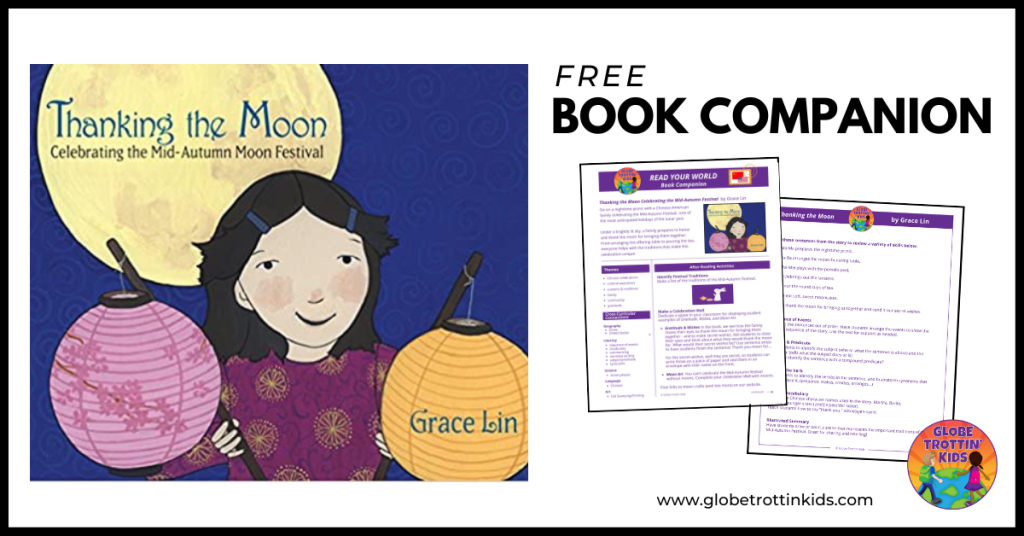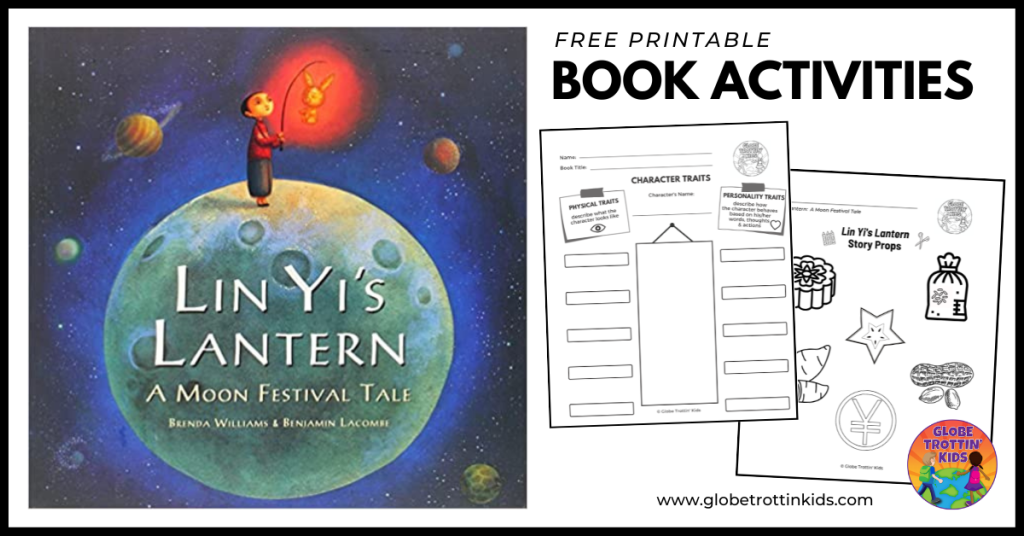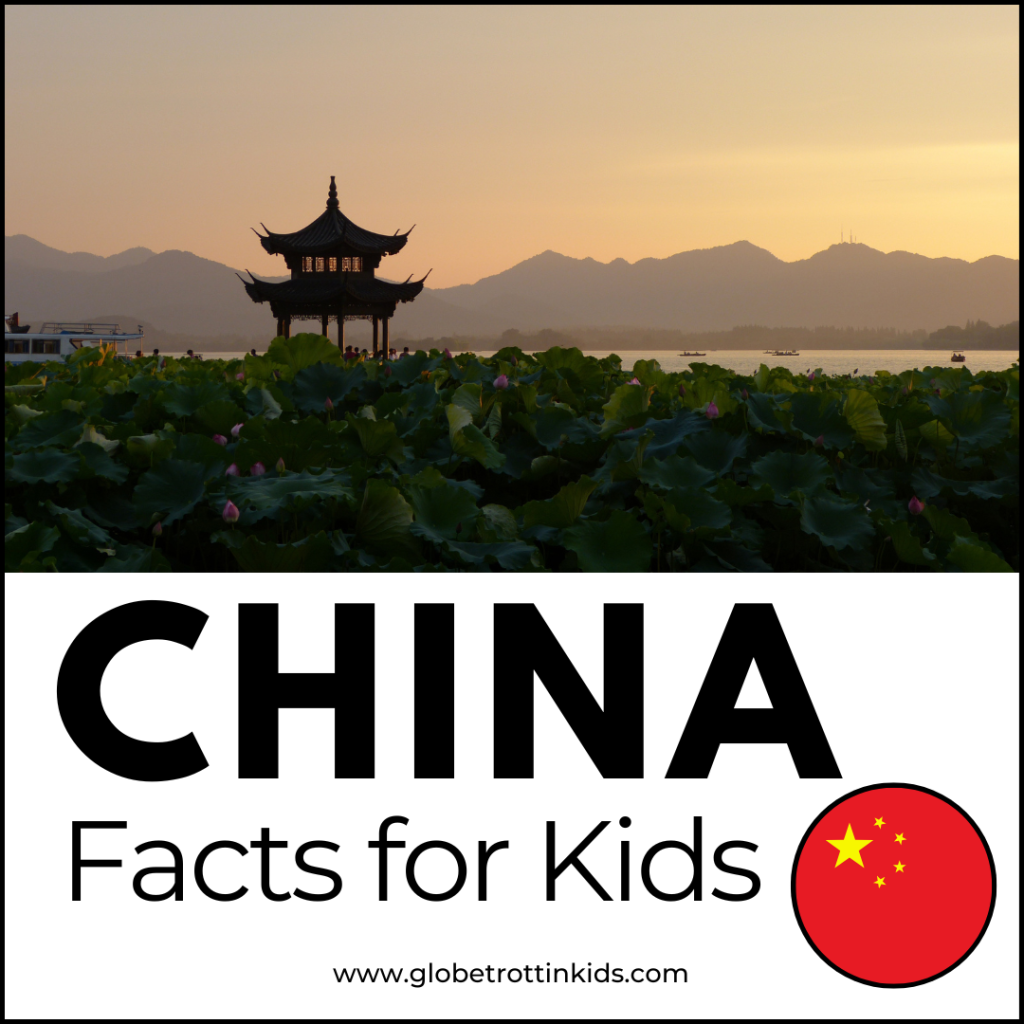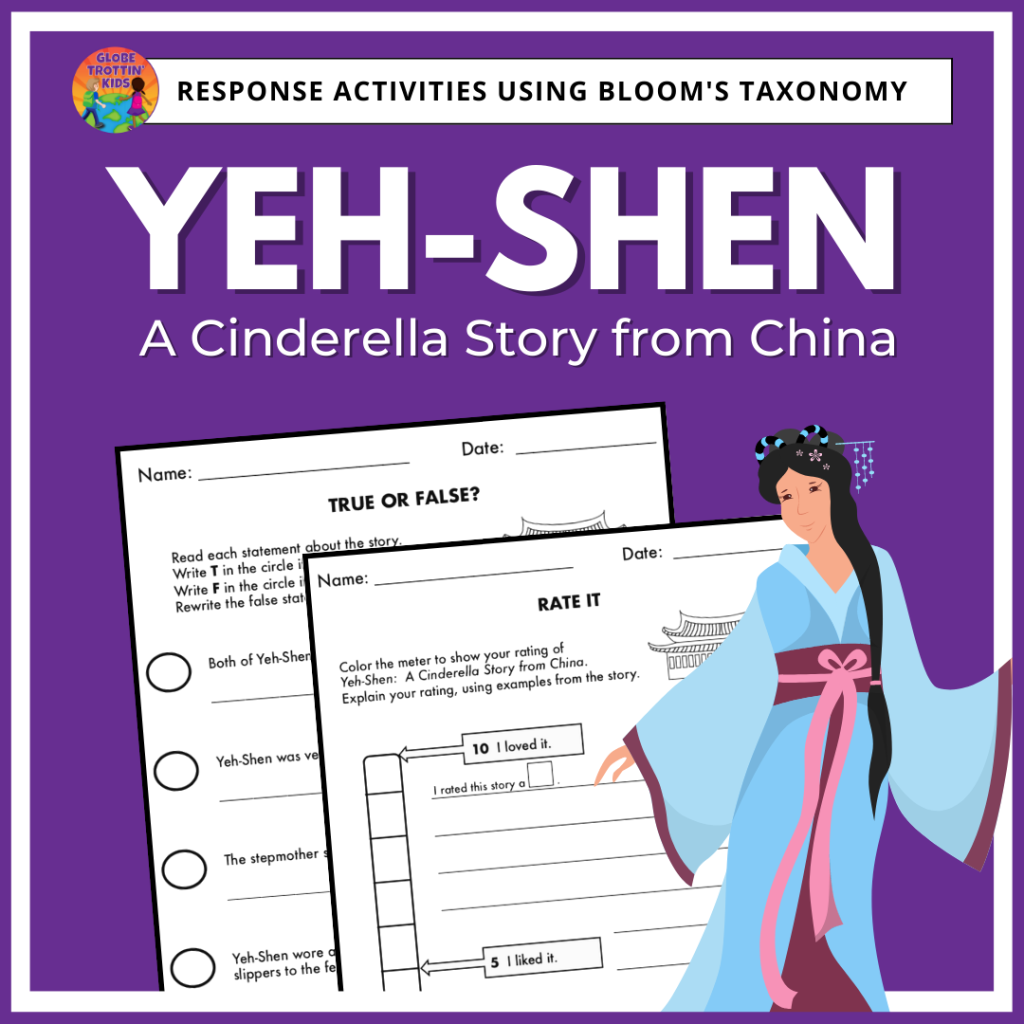Discover the Mid-Autumn Moon Festival
The Mid-Autumn Festival, also known as the Moon Festival, is a traditional celebration observed in many East Asian cultures, particularly in China and Vietnam. It occurs on the 15th day of the 8th lunar month, typically in September or October, when the moon is believed to be at its fullest and brightest.
The festival is a time for families to gather, give thanks for the harvest, and pray for good fortune. Common customs include eating mooncakes, lighting lanterns, and enjoying the beauty of the moon.
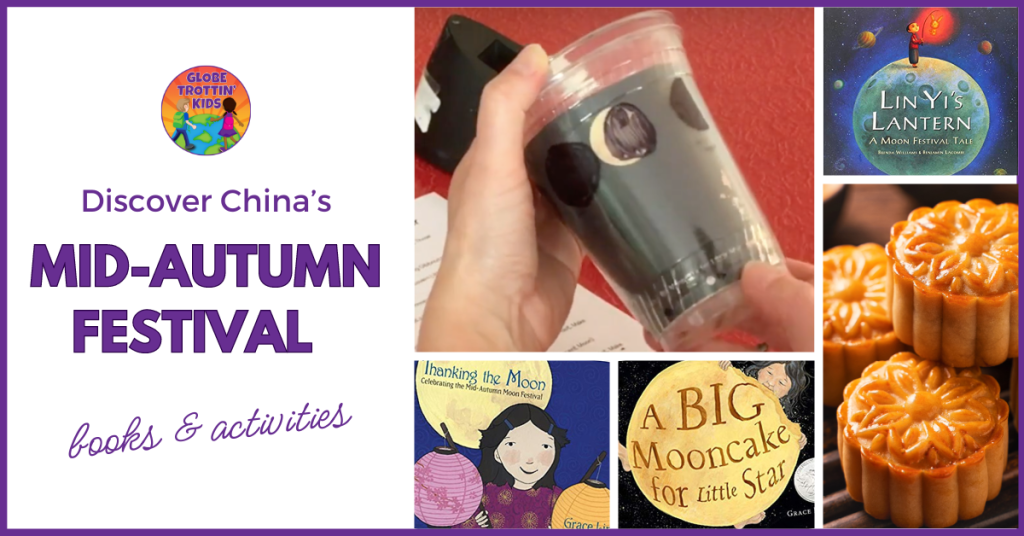
Disclosure: This post contains affiliate links. By clicking through and making a purchase, we receive a small commission at no extra charge to you. All proceeds help support our free global education website. Thank you!
Mid-Autumn Festival Dates
- September 17, 2024
- October 6, 2025
- September 25, 2026
- September 15, 2027
- October 3, 2028
Read three legends explaining the origins of the festival.
Traditions
The traditions of the festival focus on the full moon, which the Chinese believe is a symbol of reunion and happiness.
Families gather for the reunion dinner or picnic, consisting of many round foods (symbolizing the moon), including eggs and pomelos. Tea is served in round cups.
Mooncakes, round pastries with molded designs on top, and traditionally filled with lotus seed or sweet bean paste, are the most popular food eaten during the festival.
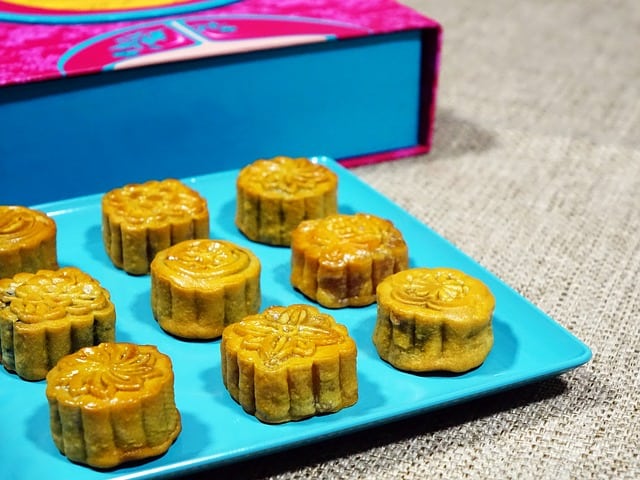
Today, mooncakes can be found in a variety of shapes with a variety of fillings, such as chocolate or fruit. Check your local bakery, or give this recipe a try.
Other traditions include lighting and flying lanterns in the moonlight, reading poems about the moon, and sending secret wishes to Chang-O, the moon goddess.
Books & Activities
Thanking the Moon: Celebrating the Mid-Autumn Moon Festival by Grace Lin is a wonderful picture book to share with young children. It shows how one family prepares for their moonlit picnic to celebrate the Mid-Autumn Festival, introducing many traditions associated with the holiday.
- Download our FREE book companion.
- Visit the author’s website for more information about the festival, instructions to make a bunny lantern, a recipe for tea-stained eggs, and inspiration to write moon poetry.
A Big Mooncake for Little Star is a Caldecott Honor-winning picture book – also by Grace Lin. Discover the phases of the moon through the story of a little girl and a big mooncake.
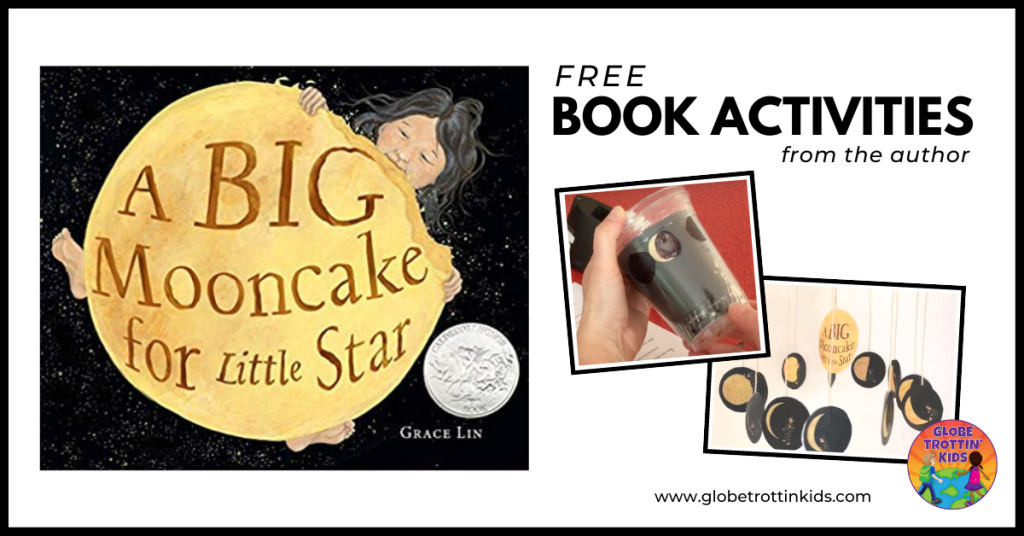
- Check out these fun and free printable activities to accompany the book: download a Reader’s Theater Script, make a moon mobile, and design a moon phase viewer.
- Join the author for a fun drawing tutorial and lesson on the symbolism of the jade rabbit seen in the full moon. (Approx. 9 min)
Lin Yi’s Lantern A Moon Festival Tale Lin Yi is a little boy with a big heart and a talent for bargaining. He wants to buy himself a red rabbit lantern at the market for the moon festival; but first, he must buy the things his mother needs. Will he be able to save enough money on his mother’s needs to buy the lantern?
This heartwarming story shows the practical use of math in everyday life and the rewards of putting others first. Features educational notes at the end about the Chinese moon festival, life in rural China, and the legend of the moon fairy.
- Click here for our FREE Printable activities.
Art Connection:
- Moon Craft: Foil Stamping & Printing
The Mid-Autumn Festival is one of the most important holidays of the lunar year. It reunites families and inspires gratitude. Do you celebrate a holiday similar to that?
Related Resources
Visit our China profile page for an infographic, detailed map, photo gallery, informational video, recommended books, and learning activities.
Lucky Bamboo Book of Crafts A collection of hands-on projects and ideas celebrating Chinese culture.
China Research Project A variety of engaging activities for students to research the geography and culture of China. Information is shared using interactive project templates that create an organized final presentation.
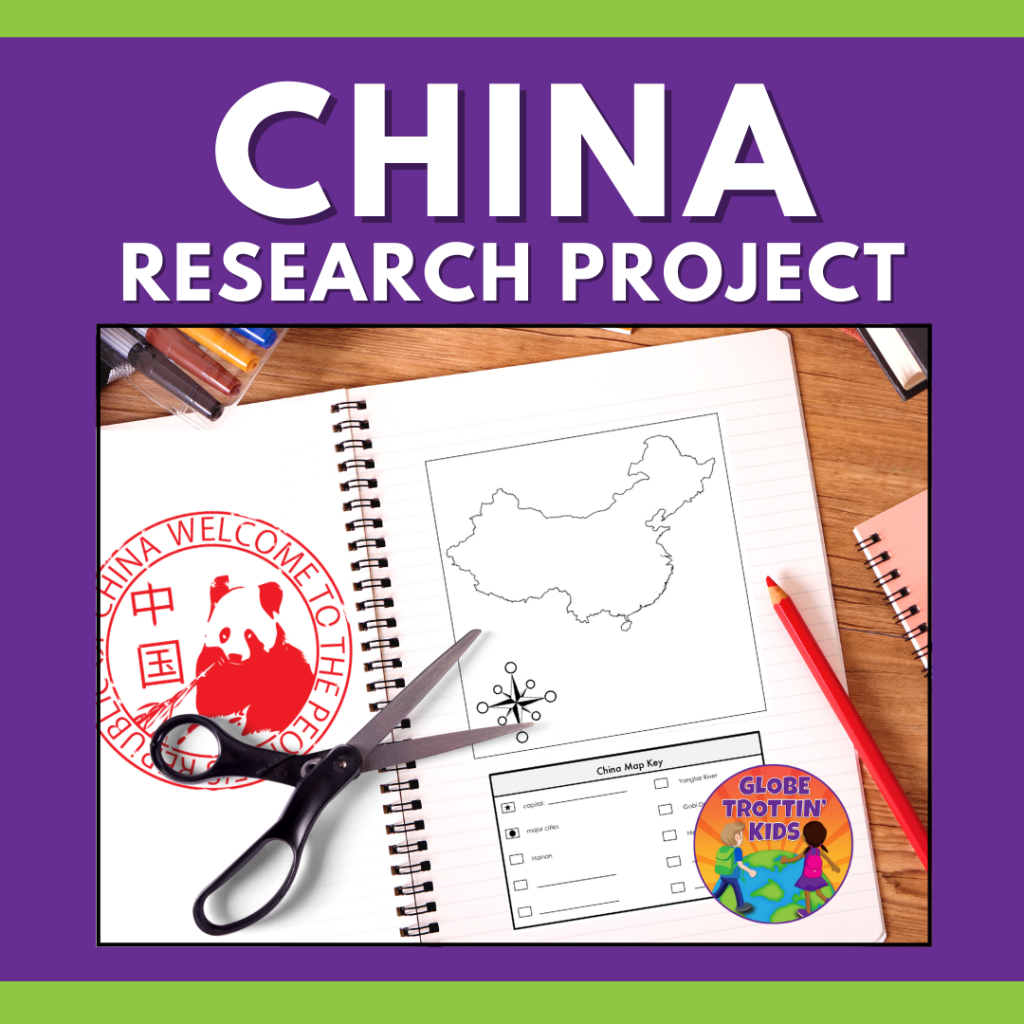
Yeh-Shen: A Cinderella Story from China Engage students in a variety of response activities for what is believed to be the original version of Cinderella – written 1,000 years before the European one!
